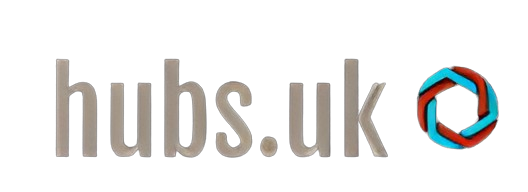RCS Launches on iOS: A New Era for Mobile Messaging
The world of mobile messaging is about to undergo a significant transformation with the introduction of Rich Communication Services (RCS) on iOS. This advancement is not just a technical upgrade; it signifies a pivotal shift in how we communicate through our smartphones.
RCS, designed to enhance traditional SMS messaging, offers a myriad of features that elevate the user experience. From high-quality images and videos to real-time typing indicators and read receipts, RCS provides a more dynamic and engaging method of communication. These capabilities foster richer interactions, paving the way for an enriched messaging experience across platforms.
Apple’s decision to incorporate RCS into its iOS ecosystem aligns with the growing demand for improved messaging functionalities. Users can now expect more seamless interactions with friends and family, regardless of the device they use. This inclusivity ensures that the barriers between different messaging platforms continue to diminish, promoting more unified communication.
As we embark on this new chapter in mobile messaging, the implications of RCS are boundless. It is not just about sharing text; it’s about creating connections that make conversations vibrant and lively. With RCS on iOS, users are invited to explore a future where messaging becomes more than mere text exchanges—it becomes a powerful tool for expression.
In conclusion, the arrival of RCS on iOS heralds a promising advancement in mobile communication. As we embrace these new features, we can anticipate a more interactive and enriched messaging landscape that caters to the evolving needs of users around the globe. Embrace this exciting shift and get ready for a next-level messaging experience!


One response to “RCS Launch on iOS: Evolution of Mobile Messaging”
This is a fantastic overview of the RCS launch on iOS! The transition to Rich Communication Services certainly highlights the industry’s recognition of the need for advanced features that enhance our daily communications. One element I find particularly interesting is how RCS could potentially bridge the gap between traditional SMS and more modern messaging platforms, such as WhatsApp and Telegram, which have already set a high bar for user engagement.
Moreover, the privacy and security implications of RCS cannot be overlooked. As messaging becomes richer, it also presents greater challenges in safeguarding user data. It will be crucial for the platforms to establish robust security measures to protect against potential vulnerabilities. Additionally, as more users adopt RCS, it raises questions about the standardization of features across various devices and operating systems.
Lastly, while the potential for enriched conversations through high-quality media sharing and interactive elements is exciting, I wonder how prevalent these features will be adopted by those who typically have limited data budgets or are in regions with poor connectivity. It would be worthwhile to keep an eye on how tech companies address these disparities as they roll out RCS capabilities.
Overall, I’m eager to see how RCS will reshape mobile communication and what innovations will follow in response to user demand!